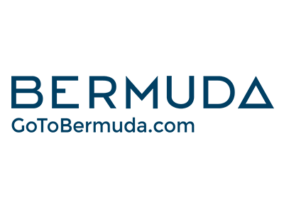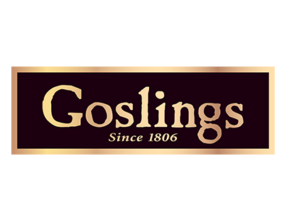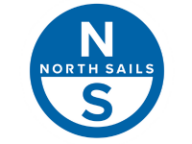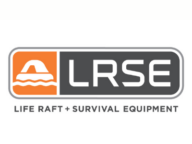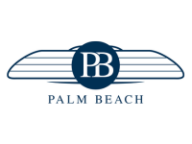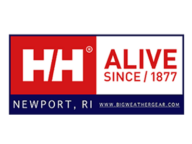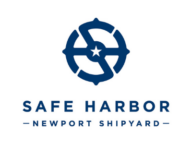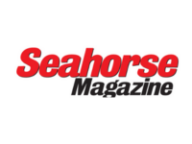Your First Bermuda Race
Photo: Nic Douglass/ 2018
Join us in the blue water.
NEXT RACE:
June 21, 2024
The race is a super experience: you compete among the best, enjoy the camaraderie of your crew, and arrive at a welcoming, beautiful destination. Typically 20-25% of the boats are captained by “first-time” skippers who report a sense of accomplishment and satisfaction having prepared their boat and crew to compete and successfully complete the race.
To help you with the planning and preparation the organizing committee established the Ambassador Program. First-time participants can request assignment of an Ambassador to guide them through the entry process. Ambassadors are CCA/RBYC members who have prepared their boats for this race, understand what it takes to compete, and are enthusiastic to share their insights.
Watch our Race Prep Webinar Series!
Recorded in Winter and Spring 2021, these Zoom webinars offered a Q&A with experienced racers serving as panelists. We hope to be back in Spring 2023 with more topics.
Credit: Gary Jobson

Newport Bermuda Race Start
Credit: PPL Media
Why We Race
After a few days of banging into it, you’re feeling a little peaked and a trifle sore. But there comes that moment when you look ahead and Gibbs Hill Lighthouse rises above the blue-green sea. As the sweet smell of oleander wafts across the deck and you almost taste the rum punch, you sail a little harder – all the way to Bermuda.
For the average sailor, there aren’t many tests of blue-water seamanship as accessible as the biennial 635-mile ocean race from Newport to the Onion Patch. By far the largest number of sailors were and remain amateurs (many in family crews) in normal, moderate performance cruiser-racers. A new generation of high-performance boats appeared in the 2012 race, when Rambler broke the elapsed time record by 16 hours, yet the emphasis remains on the “normal boats.” Recent prize-winners – hailing from ports between Miami and Halifax and from many points west – have included such well-known cruiser-racers as the classic Carina (St. David’s Lighthouse winner in 1970, 2010, and 2012) and the Cal 40 Sinn Fein (winner in 2006 and 2008).
Says John Winder, a former chairman of the Bermuda Race Organizing Committee, “We have held on to being a wholesome, offshore-oriented fleet.” For that reason, as of the 2014 race a performance screen identifies the hottest boats to assign to the Gibbs Hill Division, not the St. David’s Lighthouse Division for normal boats. “We have gone further than most event organizers in marking the delineation between the two,” says Winder. “The goal,” he says, “is to keep the fox out of the henhouse and the hens out of the foxes.”
And then there is the race’s historic concern for safety on the 635-mile ocean voyage across the Gulf Stream. Race founder (in 1906) Thomas Fleming Day insisted, “A noble art makes noble men, and there is no nobler art than seamanship.” The organizers take this seriously and insist that entrants take it seriously, too, by preparing themselves in safety seminars and their boats for inspections. An insight into the process was offered by Peter Millard, who has been inspecting Bermuda Race entries since 1990: “The role of the inspector should always be one of helping and aiding.” In all these years – in 3 million miles of racing to Bermuda in nearly 5,000 boats with nearly 50,000 sailors – just one sailor has died (it was in a fire in 1932).
Once the inspection and safety seminars are behind you, the race can be full of surprises. In 2012 the 165 boats started on a roaring reach that carried them all the way to the Gulf Stream. But typically, after the start you beat away from Newport in a southwesterly into a chilly first night at sea. Comes day 2, white cumulus clouds appear on the horizon ahead, and the air and water warm rapidly. The water roughens, black rain squalls sweep in, and you batten down for a long slog under the command of your new lord and master, the Gulf Stream. If the boat is almost comfortable, you’re in a head current. Either way, the Stream usually is rough, with water flying.
And then tall Gibbs Hill’s light appears on the horizon ahead. You skirt the reef guarding the island, and then comes the radio report that you’ve crossed the line. The race behind you, you run under power up to Hamilton, smelling the oleander, almost tasting the rum punch, and anticipating the loud, lush delights of the long post-race party and the magnificent prize-giving at Government House, overlooking the sea that you were recently sailing through. In a day or two a new crew – which should be as capable and prepared as the one that raced down – arrives to take the boat back, all the way to North America.
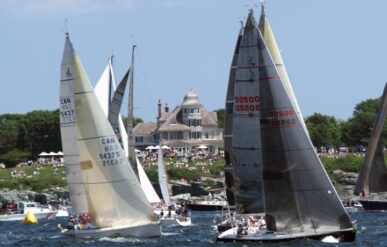
2006 Start
Photo Credit: Wilson
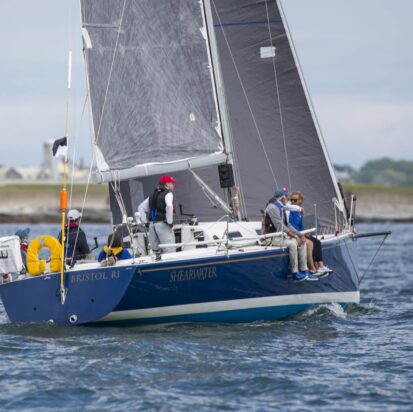
Photo: Dan Nerney / 2018
Complete the fields below and the Ambassador Coordinator will be in touch.

